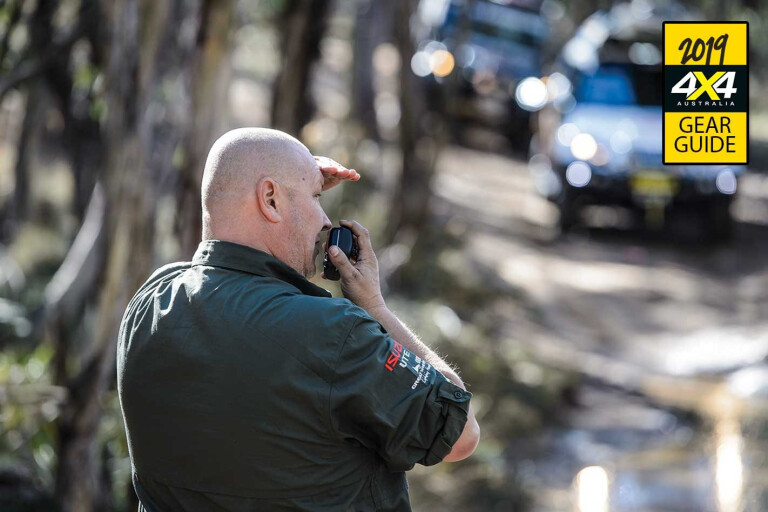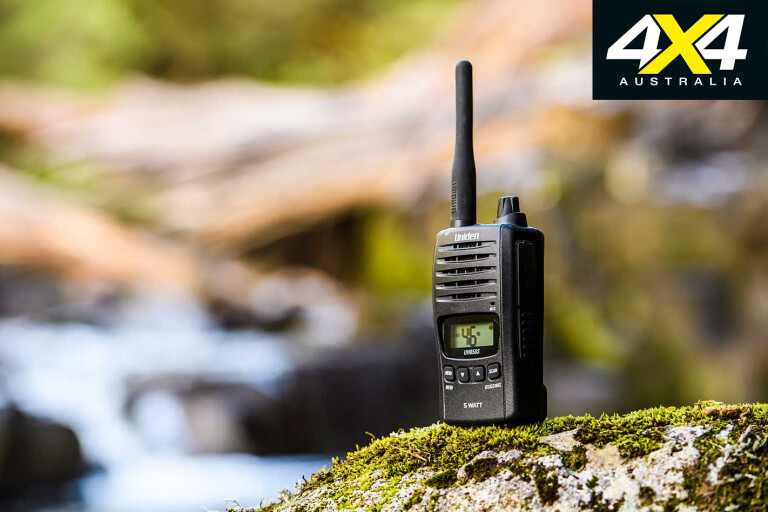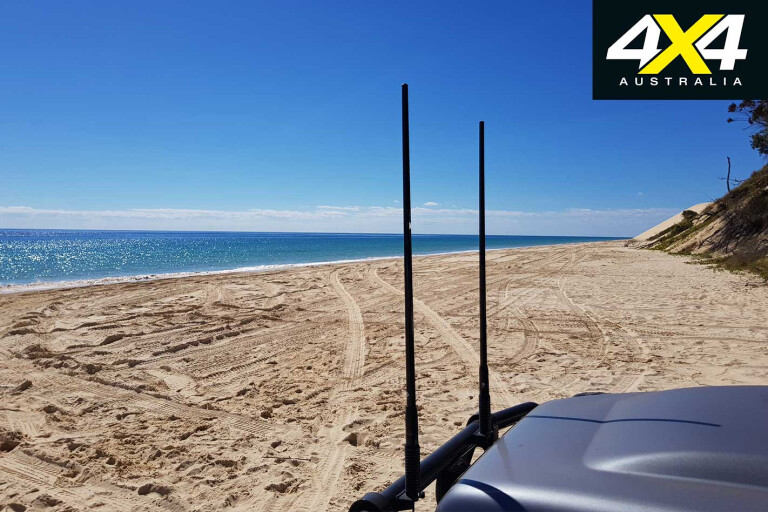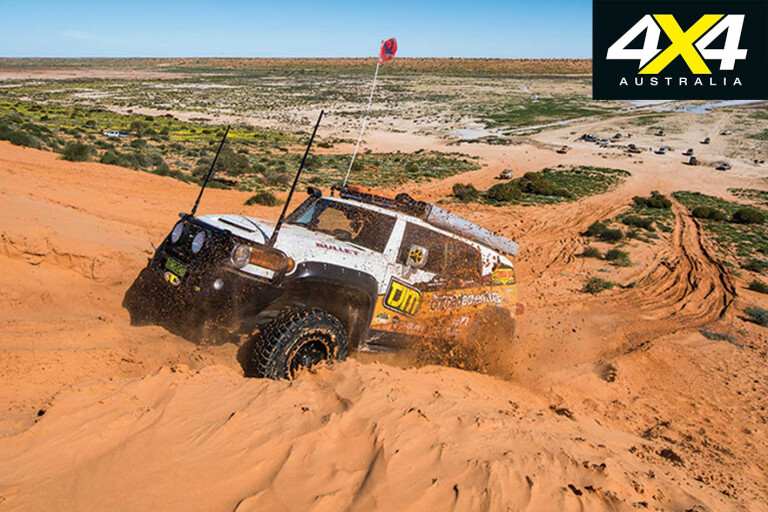
Reliable communications are critical when you’re four-wheel driving, whether to chat with friends in a vehicle convoy, relay information between a driver and a spotter when tackling off-road obstacles, during vehicle recovery operations, or calling for help when you have an emergency in a remote area. You can’t rely on your mobile phone in much of Australia, but there are plenty of other options.
Short range

The best device for short-range vehicle-to-vehicle communications is the UHF radio, and these days you can pick up a good quality 80-channel transceiver for as little as $250. UHFs are fantastic for communicating with people in other vehicles, and a must-have when travelling in a convoy.
UHFs are also very handy when trying to tackle difficult off-road terrain, with the driver using an in-vehicle radio and the spotter/navigator using a handheld radio. They also come in handy during vehicle recovery operations.
The main limitation of UHF radios is their range. Even powerful units with big antennas are limited to around 40km in flat country, and much less in mountainous country.
Long range

These days the most common form of long-range communications in areas where there is no mobile phone coverage is via satellite phone (satphone).
As the name suggests, satphones use satellites that orbit the earth to receive and transmit voice and data communications and, depending on the network and the device’s unobstructed view of the sky, some of them will operate from anywhere on the planet, allowing you to directly call any landline or mobile phone.
Modern satphones are not much bigger than standard mobile phones, and offer many features including text and data. There are a few networks from which to choose, and subscription prices vary, usually depending on the amount of data required and the coverage offered.
The Iridium Network is the largest, with the most satellites, offering complete worldwide coverage. Immarsat offers coverage across most of the globe, generally up to 70 degrees north or south of the equator, while Thuraya claims to offer coverage in 110 countries including Australia.

All three networks offer their own satphone handsets, and Thuraya also offers a device called the SatSleeve which essentially turns your standard mobile phone into a satphone.
Another form of long-range communication is via HF (High Frequency) radio, which requires the installation of an HF transceiver in your vehicle and a special auto-tuning antenna. HF radio signals operate over long distances as they bounce off the earth’s ionosphere.
To make emergency calls or to communicate with landlines and mobile phones, a subscription with the VKS-737 radio network (see vks737.radio) is required.
Text only
For those who don’t need reliable voice communications, there are a few affordable text-only options. Devices such as the GPS-enabled SPOT Gen3 Satellite Messenger, for example, allow the user to check-in with family and friends and send pre-programmed messages.
The SPOT 3 also allows others to track your location, so you can share your adventure with online maps. Most importantly, in the event of an emergency, it can send your GPS coordinates to emergency responders.
Emergencies

If you don’t need two-way communications, even when in remote areas, but like the idea of a back-up system in case of an emergency, a Personal Locator Beacon (PLB) is a good investment. A PLB is essentially a smaller version of an EPIRB (Emergency Position Indicating Radio Beacon) that transmits a signal on the 406MHz radio bandwidth to alert search-and-rescue services when there’s an emergency.
You can buy a PLB for less than $300, and there are no subscription costs. Be warned, however, that once activated the search-and-rescue authorities will come looking for you, potentially at your expense, so PLBs should only be used in emergency situations.

COMMENTS